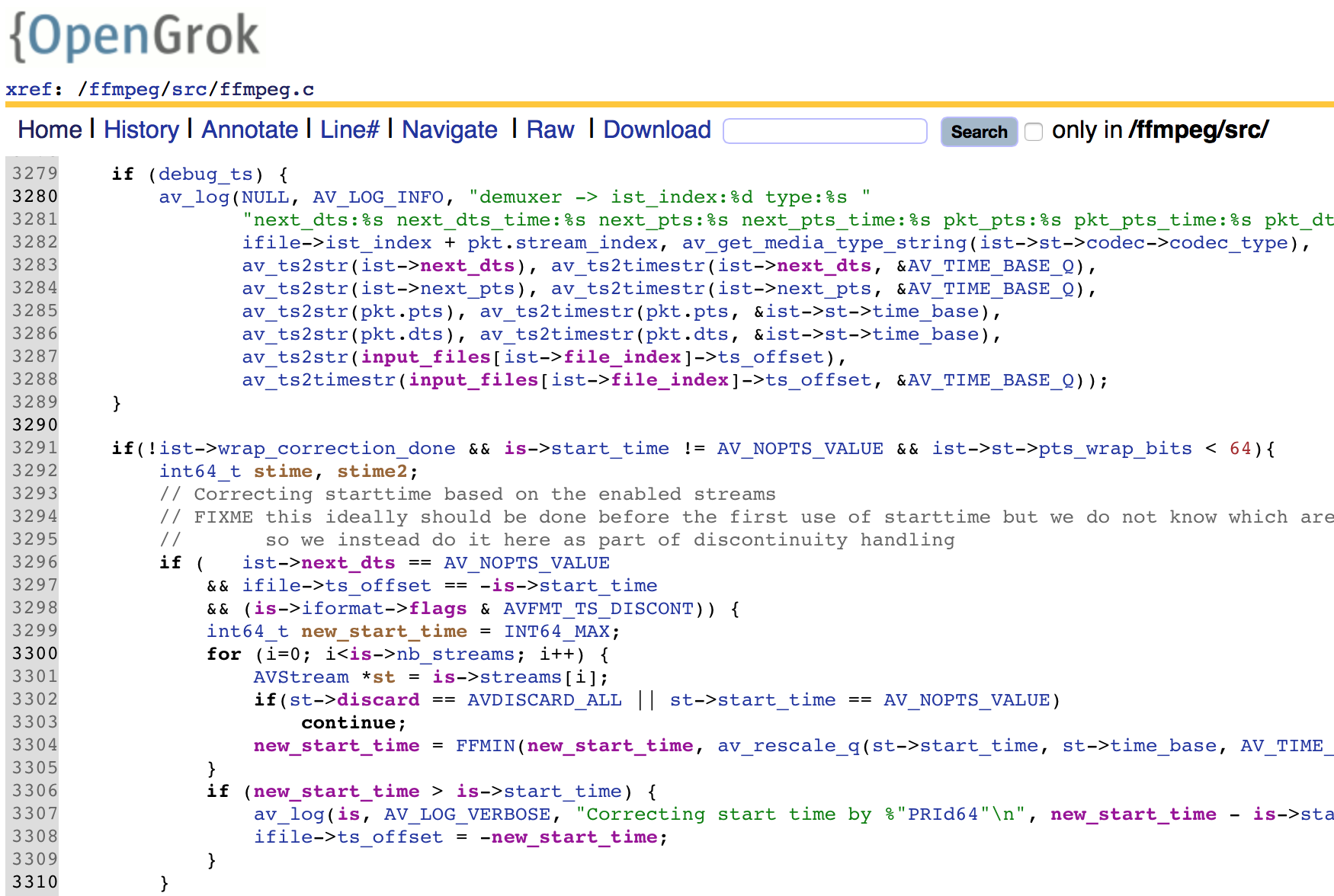You can get macOS PostgreSQL packages from several different sources.
Interactive installer by EDB
- The first version of Mac OS X, Mac OS X Server 1.0, was a transitional product, featuring an interface resembling the classic Mac OS, though it was not compatible with software designed for the older system. Consumer releases of Mac OS X included more backward compatibility.
- Homebrew Cask installs macOS apps, fonts and plugins and other non-open source software. $ brew install -cask firefox Making a cask is as simple as creating a formula.
Postgres.app is a simple, native macOS app that runs in the menubar without the need of an installer. Open the app, and you have a PostgreSQL server ready and awaiting new connections.
Download the installercertified by EDB for all supported PostgreSQL versions.
This installer includes the PostgreSQL server, pgAdmin; a graphical tool for managing and developingyour databases, and StackBuilder; a package manager that can be used to download and installadditional PostgreSQL tools and drivers. Stackbuilder includes management,integration, migration, replication, geospatial, connectors and other tools.
This installer can run in graphical, command line, or silent install modes.
The installer is designed to be a straightforward, fast way to get up and running withPostgreSQL on macOS.
Advanced users can also download azip archiveof the binaries, without the installer.This download is intended for users who wish to include PostgreSQL as part of another application installer.
Platform support
The installers are tested by EDB on the following platforms. They will generally work on newer versions of macOS as well:
| PostgreSQL Version | 64-bit macOS Platforms |
|---|---|
| 13 | 10.13 - 10.15 |
| 12 | 10.12 - 10.14 |
| 11 | 10.12 - 10.14 |
| 10 | 10.10 - 10.12 |
| 9.6 | 10.10 - 10.12 |
| 9.5 | 10.8 - 10.10 |
Postgres.app
Postgres.app is a simple, native macOS app that runs in the menubar without the need of an installer. Open the app, and you have a PostgreSQL serverready and awaiting new connections. Close the app, and the server shuts down.
Homebrew
PostgreSQL can also be installed on macOSusing Homebrew. Please see the Homebrewdocumentation for information on how to install packages.
A listof PostgreSQLpackages can be found using the Braumeister search tool.
MacPorts
PostgreSQL packages are also available for macOS from theMacPorts Project. Please see theMacPorts documentation for information on how to install ports.
A list ofPostgreSQL packagescan be found using the portfiles search tool on the MacPorts website.
Fink
PostgreSQL packages are available for macOS from theFink Project.Please see the Fink documentation for information on how to install packages.
A list ofPostgreSQL packagescan be found using the package search tool on the Fink website.
Note
Check out our guide for installing Python 3 on OS X.
Mac OS X comes with Python 2.7 out of the box.
You do not need to install or configure anything else to use Python. Having saidthat, I would strongly recommend that you install the tools and librariesdescribed in the next section before you start building Python applications forreal-world use. In particular, you should always install Setuptools, as it makesit much easier for you to install and manage other third-party Python libraries.
The version of Python that ships with OS X is great for learning, but it’s notgood for development. The version shipped with OS X may be out of date from theofficial current Python release,which is considered the stable production version.
Doing it Right¶
Let’s install a real version of Python.
Before installing Python, you’ll need to install a C compiler. The fastest wayis to install the Xcode Command Line Tools by runningxcode-select--install. You can also download the full version ofXcode from the Mac App Store, or theminimal but unofficialOSX-GCC-Installerpackage.
Note
If you already have Xcode installed, do not install OSX-GCC-Installer.In combination, the software can cause issues that are difficult todiagnose.
Note
If you perform a fresh install of Xcode, you will also need to add thecommandline tools by running xcode-select--install on the terminal.
While OS X comes with a large number of Unix utilities, those familiar withLinux systems will notice one key component missing: a decent package manager.Homebrew fills this void.
To install Homebrew, open Terminal oryour favorite OS X terminal emulator and run
The script will explain what changes it will make and prompt you before theinstallation begins.Once you’ve installed Homebrew, insert the Homebrew directory at the topof your PATH environment variable. You can do this by adding the followingline at the bottom of your ~/.profile file
Now, we can install Python 2.7:
Because python@2 is a “keg”, we need to update our PATH again, to point at our new installation:
Homebrew names the executable python2 so that you can still run the system Python via the executable python.
Mac Os X Homebrew Configure
Setuptools & Pip¶
Homebrew installs Setuptools and pip for you.

Setuptools enables you to download and install any compliant Pythonsoftware over a network (usually the Internet) with a single command(easy_install). It also enables you to add this network installationcapability to your own Python software with very little work.
Mac Os X Uninstall Homebrew
pip is a tool for easily installing and managing Python packages,that is recommended over easy_install. It is superior to easy_installin several ways,and is actively maintained.
Virtual Environments¶
Mac Os X Homebrew
A Virtual Environment (commonly referred to as a ‘virtualenv’) is a tool to keep the dependencies required by different projectsin separate places, by creating virtual Python environments for them. It solves the“Project X depends on version 1.x but, Project Y needs 4.x” dilemma, and keepsyour global site-packages directory clean and manageable.
For example, you can work on a project which requires Django 1.10 while alsomaintaining a project which requires Django 1.8.

To start using this and see more information: Virtual Environments docs.
Mac Os X Homebrew Path
This page is a remixed version of another guide,which is available under the same license.
